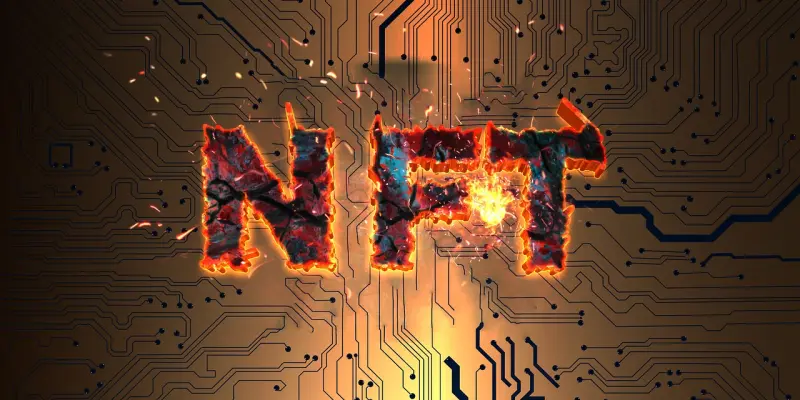The sudden surge in value of meme coins NFTX and Flayer has grabbed the attention of both institutional and retail investors as their prices soared over 230% recently. NFTX, a decentralized protocol developed to enhance the liquidity of NFTs, has experienced remarkable growth due to the escalating demand for prominent NFT collections. This increased demand has effectively drawn in investors who are seeking simpler ways to engage with the NFT market. Additionally, NFTX has forged significant partnerships with major DeFi platforms like Uniswap and Sushiswap, further amplifying its utility and appeal in the market.
NFTX’s innovative approach to increasing liquidity and accessibility for NFT assets has been particularly appealing to investors who seek to leverage the growing NFT sector. By enabling fractional ownership, NFTX allows smaller investors to partake in high-profile NFT collections, which were previously unreachable due to their hefty price tags. These strategic partnerships with DeFi giants have not only provided additional avenues for NFT trading but have also improved the overall user experience by integrating liquidity pools and reward mechanisms. As a result, the ecosystem surrounding NFTX continues to expand, attracting more participants and boosting market confidence.
Flayer’s Rise and Market Characteristics
Flayer has also risen significantly, capturing the interest of both investors and traders. Like NFTX, Flayer’s value surge is attributed to growing market interest and strategic partnerships within the crypto space. Such collaborations and innovations highlight the dynamic nature of the cryptocurrency market and the potential for high returns in emerging digital assets. The overall interest in these meme coins reflects a broader trend of diversification among investors seeking opportunities beyond traditional financial instruments.

